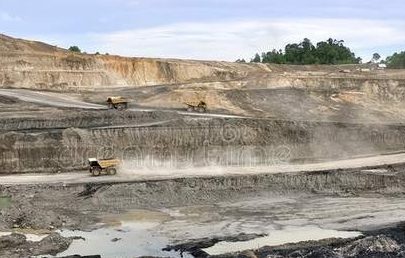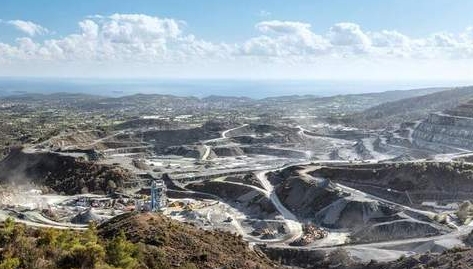Подпишитесь на нашу рассылку и всегда первыми узнавайте о том, что происходит.
Introduction to Value Evaluation Indicators for Ore
Apr 01, 2025The value assessment of ore is an important basis for decision-making in mining enterprises.On a global scale, the value assessment of ore determines the development direction of a mining industry in the following years. So, what exactly does the value assessment of ore include?

一、Ore grade
Ore grade refers to the relative content of useful substances in the ore, usually expressed in percentages or grams per ton. It measures the abundance of target substances (such as gold, silver, copper, etc.) in ores, directly affecting their economic value. The higher the grade, the greater the economic value of the ore.
A higher ore grade means that the ore contains more useful substances, thus having higher economic value.
The mining and beneficiation costs of high-grade ores are relatively low because the same amount of useful substances can be extracted from fewer ores.
二、Ore type, physical properties, and chemical composition
The type, physical properties (such as hardness, cleavage, etc.), and chemical composition of ore also affect its value, as they determine the difficulty of mining, beneficiation, and processing.
When evaluating the value of ore, it is usually necessary to comprehensively consider the above multiple indicators and choose the appropriate evaluation method according to the specific situation.
At the same time, due to changes in market conditions and technological levels, the value of ore will also undergo corresponding changes, so the evaluation results need to be updated and adjusted regularly.
三、Scale of ore body
The scope and reserves of mineral deposits and ore bodies determine the benefits and value of mining. The larger the scale, the more ore that can be mined, and the better the economic benefits.
四、Remaining recoverable reserves, value, and profit
Remaining recoverable reserves refer to the difference between the estimated recoverable reserves and the already recoverable reserves at a specific point in time after the mining area is put into development. It represents the amount of resources that can be extracted from the mining area in the future.
The relative value of a company can be evaluated by calculating the ratio of its remaining recoverable reserves. This method takes into account the price differences of different types of minerals. The economic value of mineral resources obtained by multiplying the remaining recoverable reserves by the unit price of mineral products.

The profit of remaining recoverable reserves can be estimated by multiplying the remaining recoverable reserves by the expected profit per unit of mineral product (selling price minus mining costs), and profit assessment is crucial for mining enterprise decision-making.
It can help businesses understand the potential future returns and make more informed investment and mining decisions. In addition, profit evaluation can also be used to compare the potential returns of different mining projects, providing strong support for the strategic planning of enterprises.
So,for some large enterprises, it has become necessary to conduct a mineral value assessment before mining.